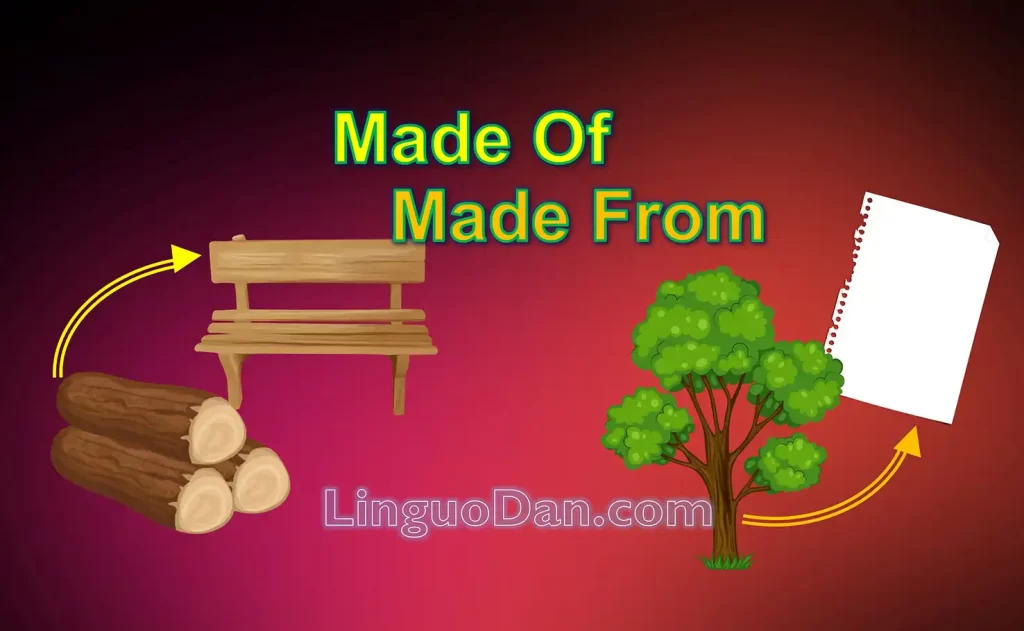Made of vs Made from: How to Use Them Correctly in English

What is the difference between “Made Of” and “Made From”?
When it comes to learning a new language like English, mastering prepositions and their usage is crucial. Two commonly confused phrases are “made of” and “made from.” These phrases might seem similar at first glance, but they are used in distinct contexts to convey different meanings. In this article, we will delve into the nuances of these phrases and provide clear examples to help you understand the difference between “made of” and “made from.”
When is “Made Of” used?
‘Made Of’ Meaning: The phrase “made of” is used to describe the composition or material from which an object is created. It emphasizes the primary material that constitutes an object. For instance, when we say something is “made of” a specific material, we are highlighting the essential substance that forms the object. Here are some examples:
- The table is made of wood.
- Her necklace is made of silver.
- The house is made of bricks.
In these examples, “made of” is used to emphasize the core material that the object is constructed from.
When is “Made From” used?
‘Made From’ Meaning: On the other hand, “made from” is used to indicate that an object has undergone a transformation or conversion process. This phrase highlights the idea that the original material has been changed or modified to create a new object. “Made from” suggests that the final product is distinct from the original material. Here are some examples:
- Paper is made from wood pulp.
- Wine is made from grapes.
- Glass is made from sand.
In these examples, “made from” is used to emphasize the transformation of the original material into something different.
How to Know When to Use “Made Of” and When to Use “Made From”
To distinguish between “made of” and “made from,” consider whether the final product retains the characteristics of the original material or if it has been transformed into something new. If the original material is still recognizable in the final product, use “made of.” If the original material has undergone a significant change, use “made from.”
In summary, the difference between “made of” and “made from” lies in their emphasis on composition versus transformation. “Made of” highlights the primary material that an object is composed of, while “made from” emphasizes the process of transforming an original material into a new object. Understanding the distinction between these two phrases will help you communicate more accurately and effectively in English. With practice, you will confidently understand the intricacies of these phrases and improve your general knowledge of the English language.